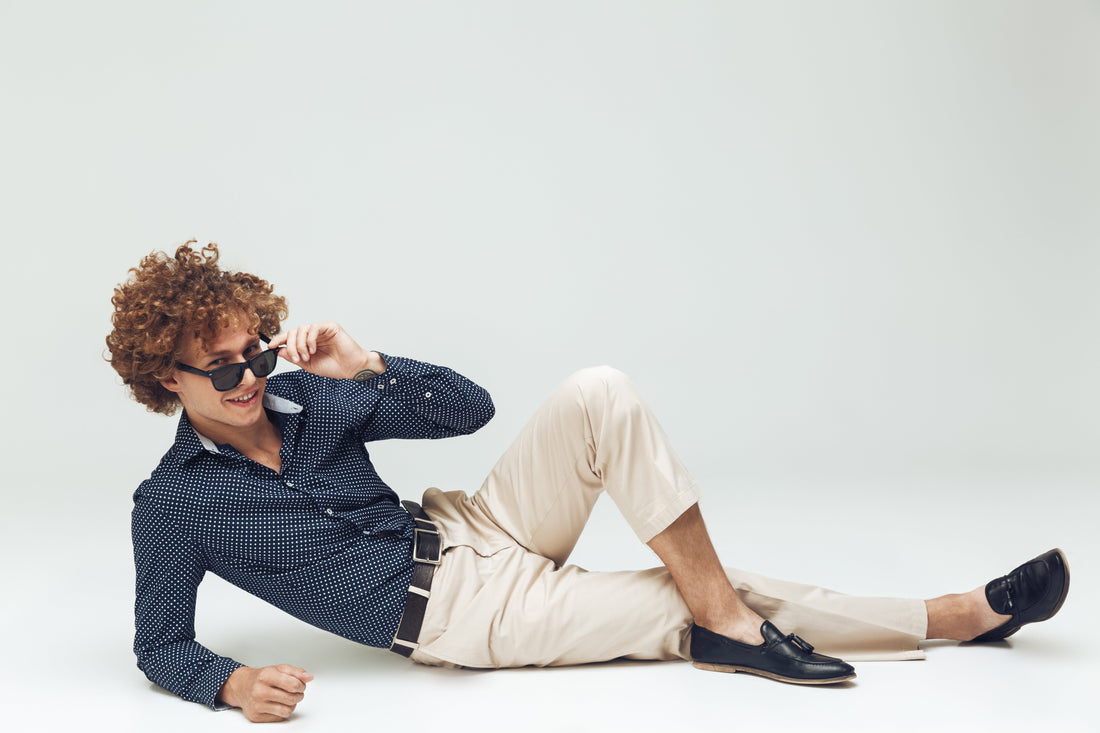
A Brief History of Men’s Formalwear
Share
Men’s formalwear has undergone significant changes over the past two centuries. From the structured looks of the Victorian era to the more relaxed approaches seen today, each shift reflects broader social and cultural developments.
During the 19th century, morning coats, waistcoats, and top hats were common for formal occasions. Clothing was typically dark in tone, often black or navy, and combined various layers. Tailors played a central role in shaping the silhouette, often favoring narrow waists and structured shoulders.
The early 20th century introduced the lounge suit, a less rigid alternative that quickly gained popularity. By the 1920s and 1930s, men began adopting this style for both professional and formal events. Lapel shapes, trouser cuts, and collar styles began to change gradually, adapting to contemporary preferences.
Post-World War II fashion saw another shift. Double-breasted jackets, narrower trousers, and the use of darker, solid colors became more widespread. Eveningwear also became more standardized, with dark suits, collared shirts, and neckties becoming the default choice for formal settings.
In recent decades, formalwear has continued to evolve. Although classic suits remain common, modern preferences include slimmer silhouettes, fewer layers, and subtle pattern variations. The use of two- and three-piece combinations varies depending on occasion and location.
While expectations for formalwear remain in many professional and ceremonial settings, the interpretation of what is considered “formal” has expanded. This ongoing evolution shows how traditions adapt to reflect changing cultural norms, lifestyle needs, and collective preferences.